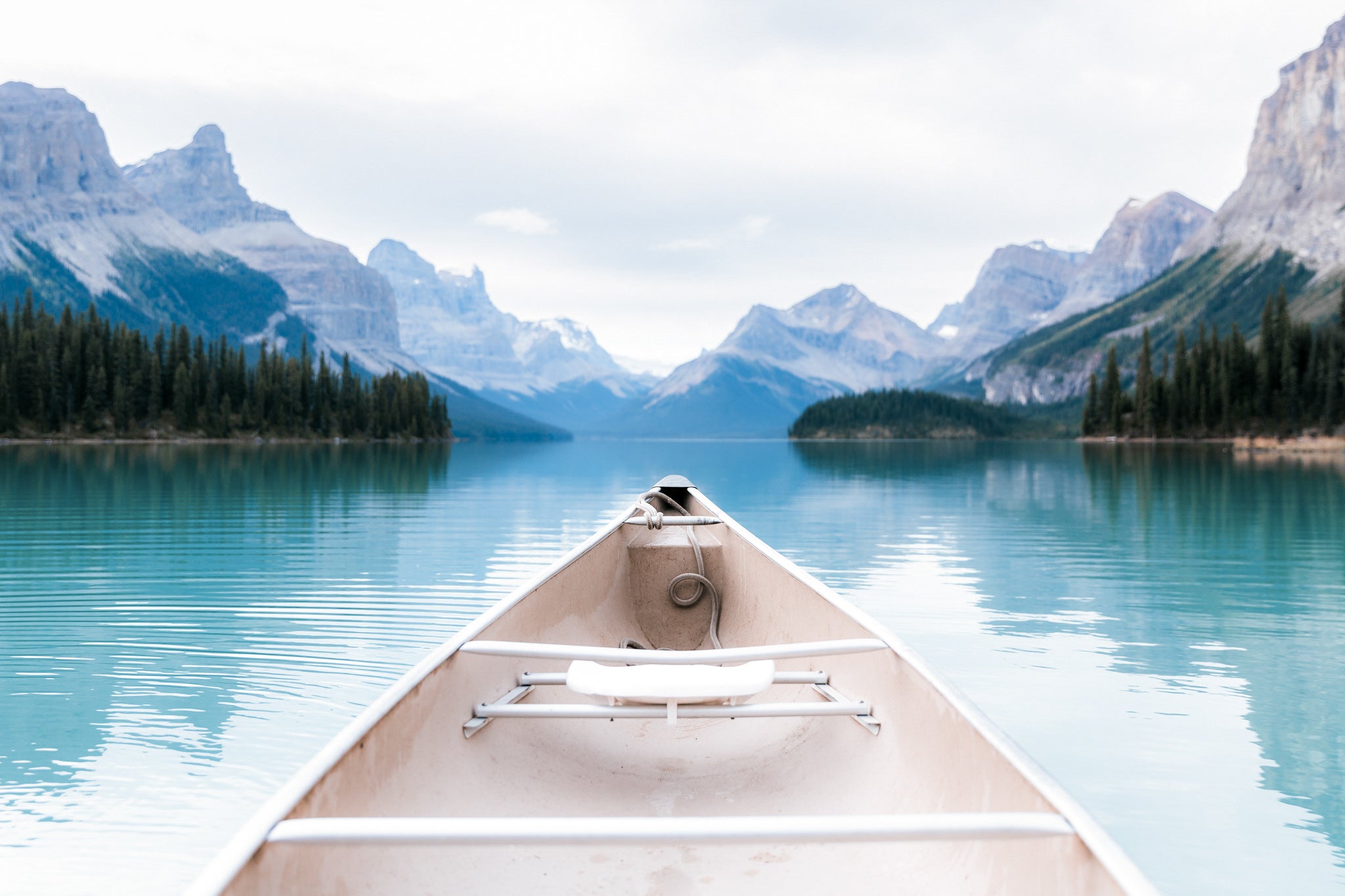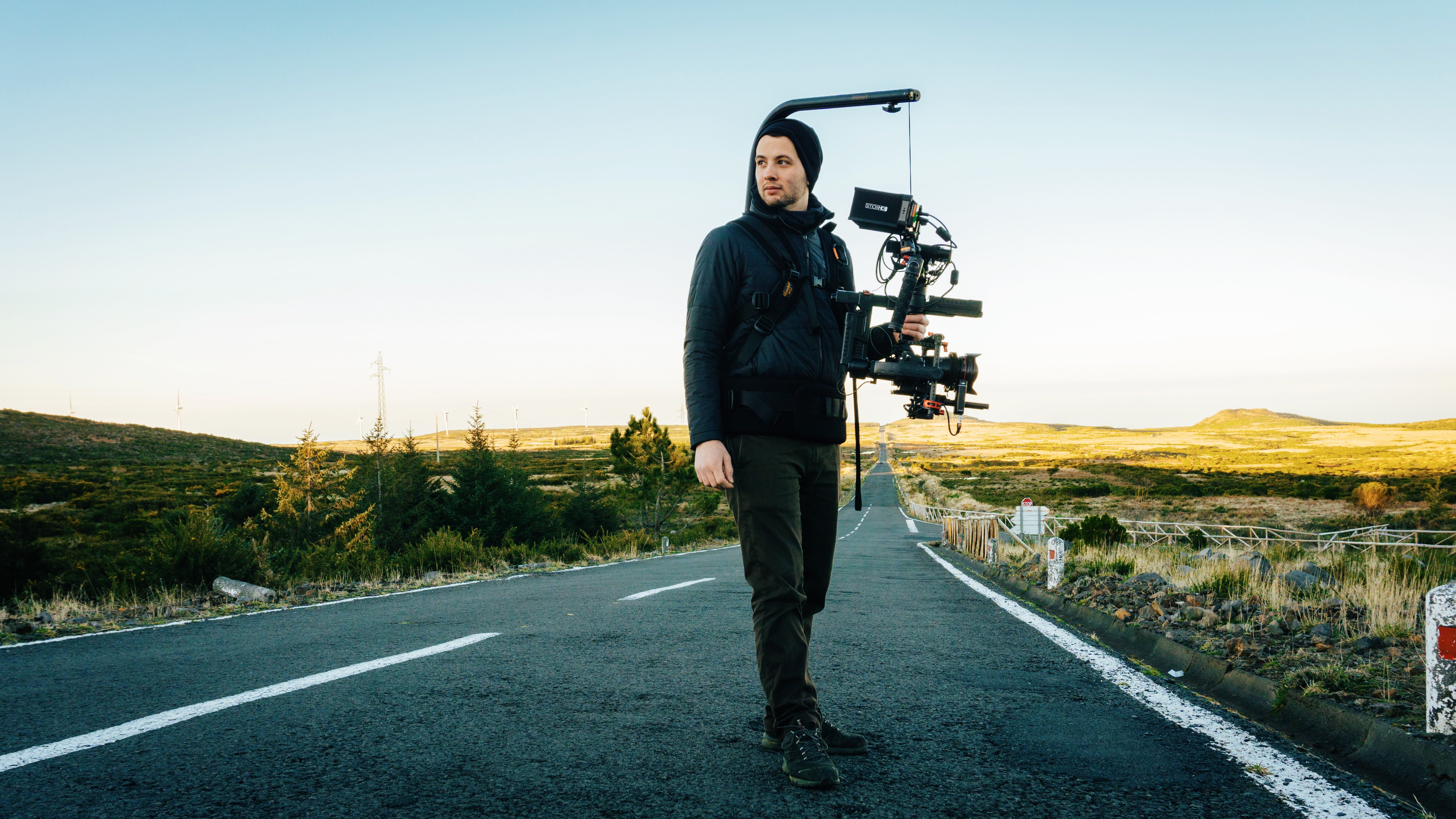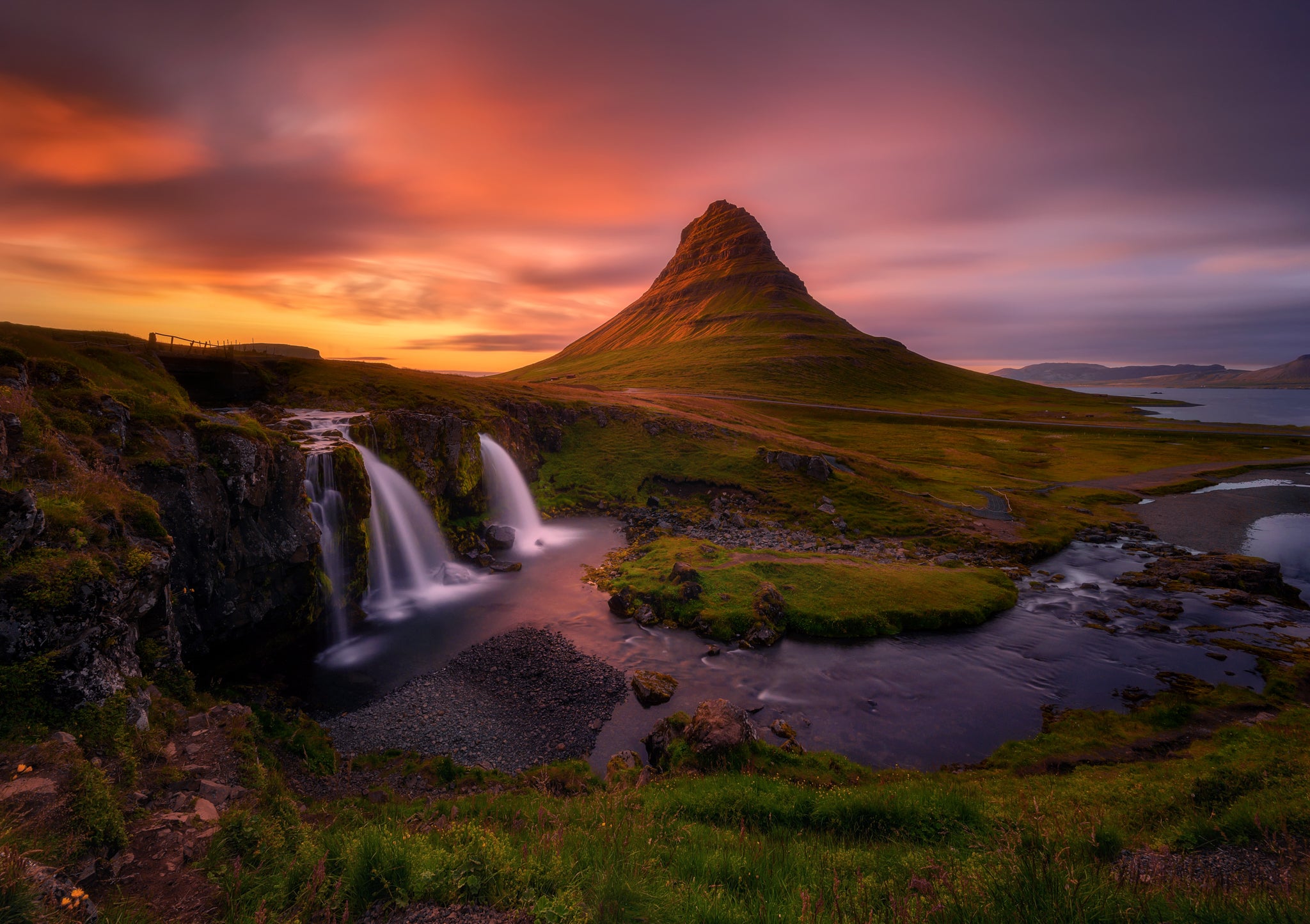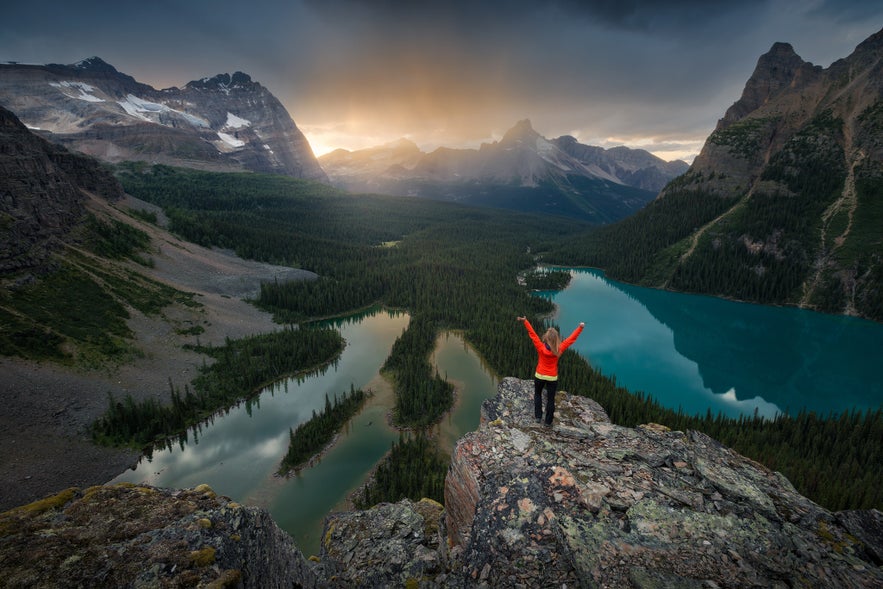
In the world of photography, it can be easy to find yourself compartmentalising your interests within specific genres. While some photographers are in search of the perfect niche that they can ultimately pursue, Viktoria Haack does exactly the opposite, choosing instead to allow her vision to manifest in a plethora of innovative and creative ways.
If you have ever seen her work, then you will know the depth of atmosphere and enchantment that Viktoria is able to convey in just a single image. With hard work and dedication, this prolific photographer has mastered her craft, as demonstrated by the recognition achieved from becoming an official Nikon ambassador.
This month, we had the honour of chatting with Viktoria about the diversity of her photography portfolio, the creative process that goes into her work before, during and after her shoots, as well as her advice for others who may just be starting out in photography.
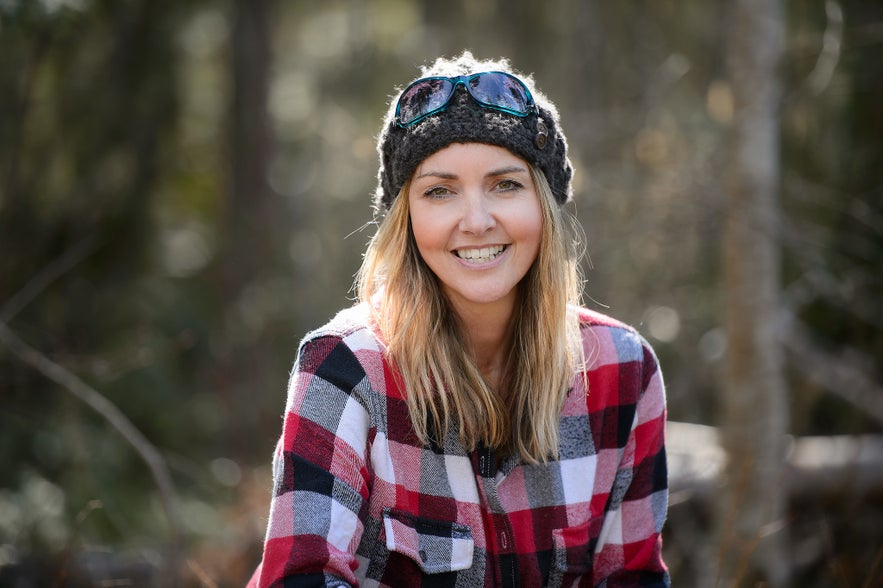 Viktoria Haack is a talented photographer from Canada. Photo by: 'Viktoria Haack'.
Viktoria Haack is a talented photographer from Canada. Photo by: 'Viktoria Haack'.
- Learn more with these Photography Tutorials
- Check out these Africa Photo Safaris and Workshops
- See these 12 Tips for Capturing Amazing City Skylines
Hello Viktoria! Thanks for joining us. Tell us a little bit about yourself – where is home and what inspired you to become a professional landscape photographer?
Home is Salmon Arm in British Columbia, Canada. It was the landscape and nature that inspired me to become a landscape photographer. I lived on a small 500 acre island nature reserve in the UK for 10 years and it was that place that inspired me to pick up my camera.
What has been the best source of information for you along your photography journey?
The internet has been a great source of information for me, particularly when I was living in a fairly isolated situation on an island in the UK. I used different online sharing platforms to learn from other photographers and to obtain feedback on my own work.
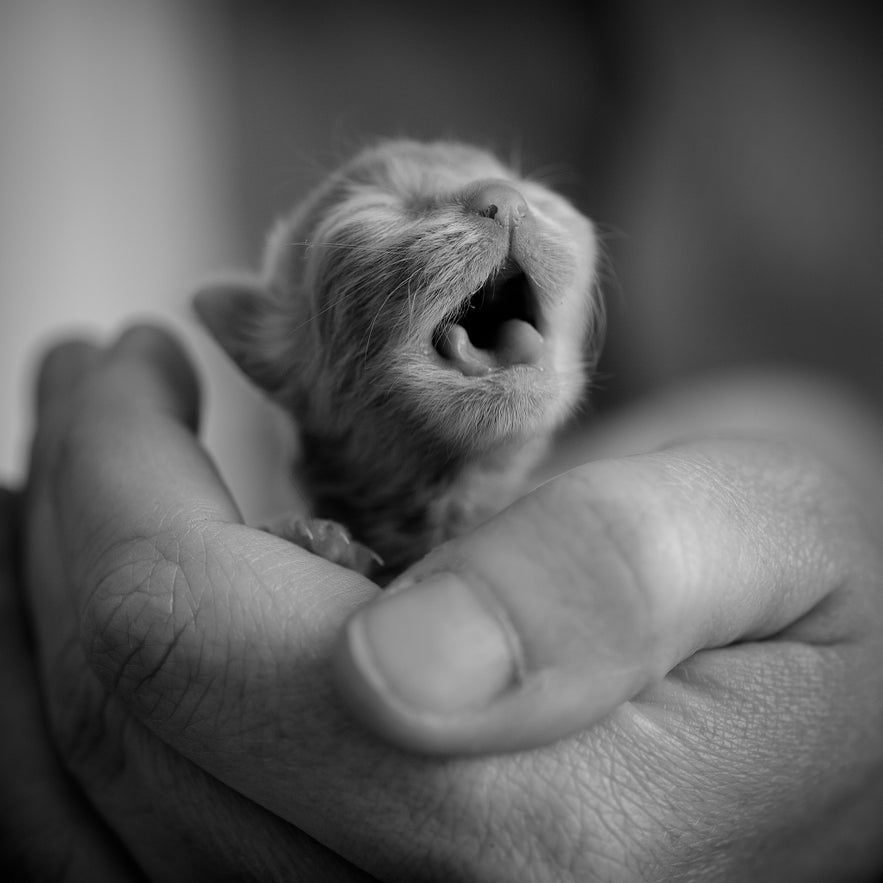 Viktoria has utilised online platforms to seek feedback on her own work. Photo by: 'Viktoria Haack'.
Viktoria has utilised online platforms to seek feedback on her own work. Photo by: 'Viktoria Haack'.
What were some of the real turning points in your career?
Moving to Brownsea Island in the UK and picking up my camera again after years of not really using it that much. Moving to Canada and starting to work commercially in my small community. Getting sick a few years ago and re-evaluating what was important to me; learning to say no to certain jobs and then finding that the jobs I really wanted started to appear.
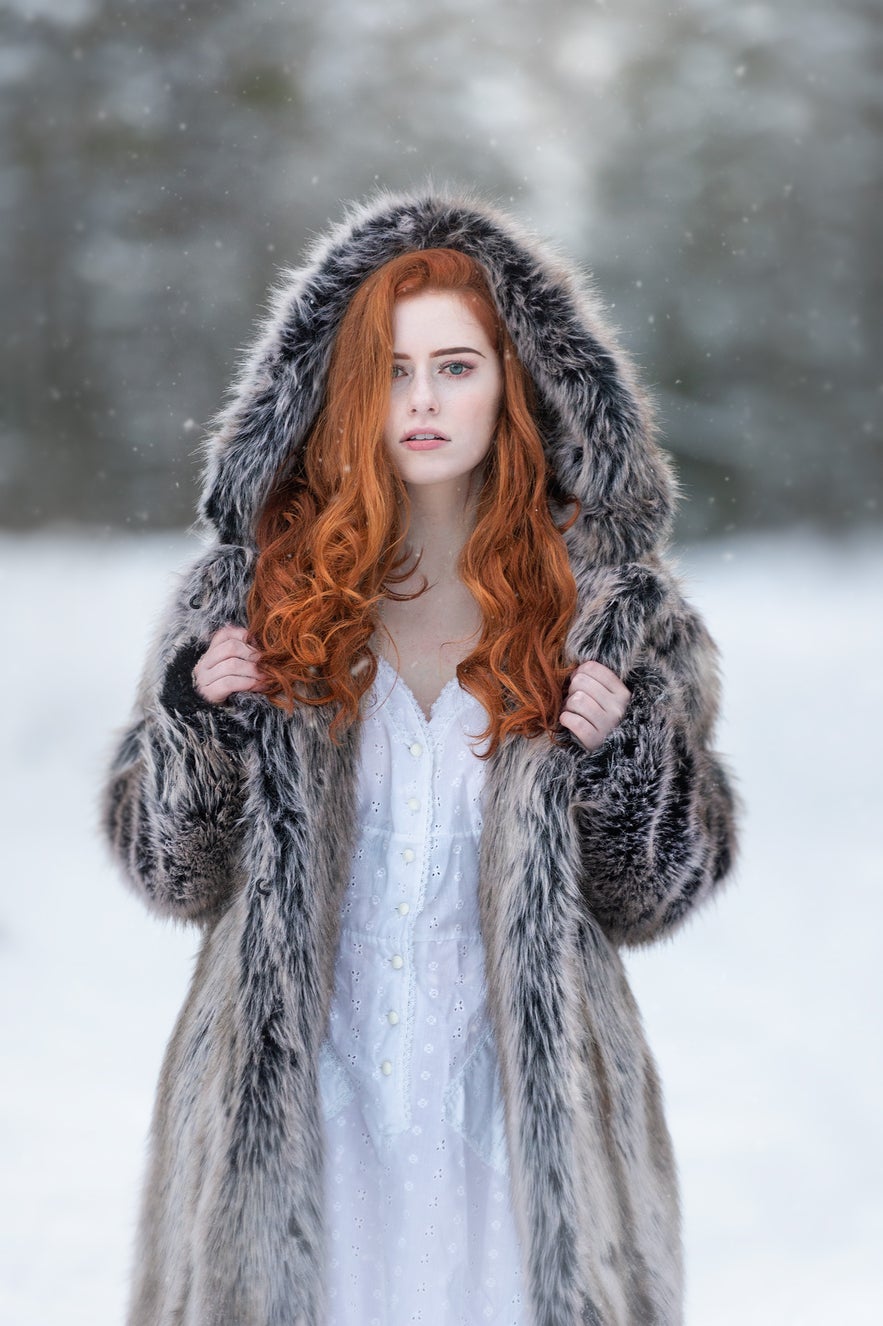 Sometimes you may have to say no to certain jobs until you find the one that you want. Photo by: 'Viktoria Haack'.
Sometimes you may have to say no to certain jobs until you find the one that you want. Photo by: 'Viktoria Haack'.
You have a very diverse portfolio of photographs, ranging from wedding to nature and portrait photography. In the beginning, what was the goal behind your work and how have you combined the different approaches with the style that you have today?
I think the goal for me is always about beauty – capturing that beauty whether it be in a landscape, in an emotion, in the light catching someone’s hair and trying to find some kind of story and mood in that capture.
My style is almost always rooted in feeling: I want my landscapes, portraits, all my images to capture a sense of mood. Each area of my work feeds the others. I bring my landscape shooting and editing knowledge into my portrait work and vice versa. I don’t see any definitive lines between any genre of photography and I allow my approach to be fluid so that I can evolve. I refuse to be placed in any kind of box that won’t allow me to explore any avenue of creativity that I wish to.
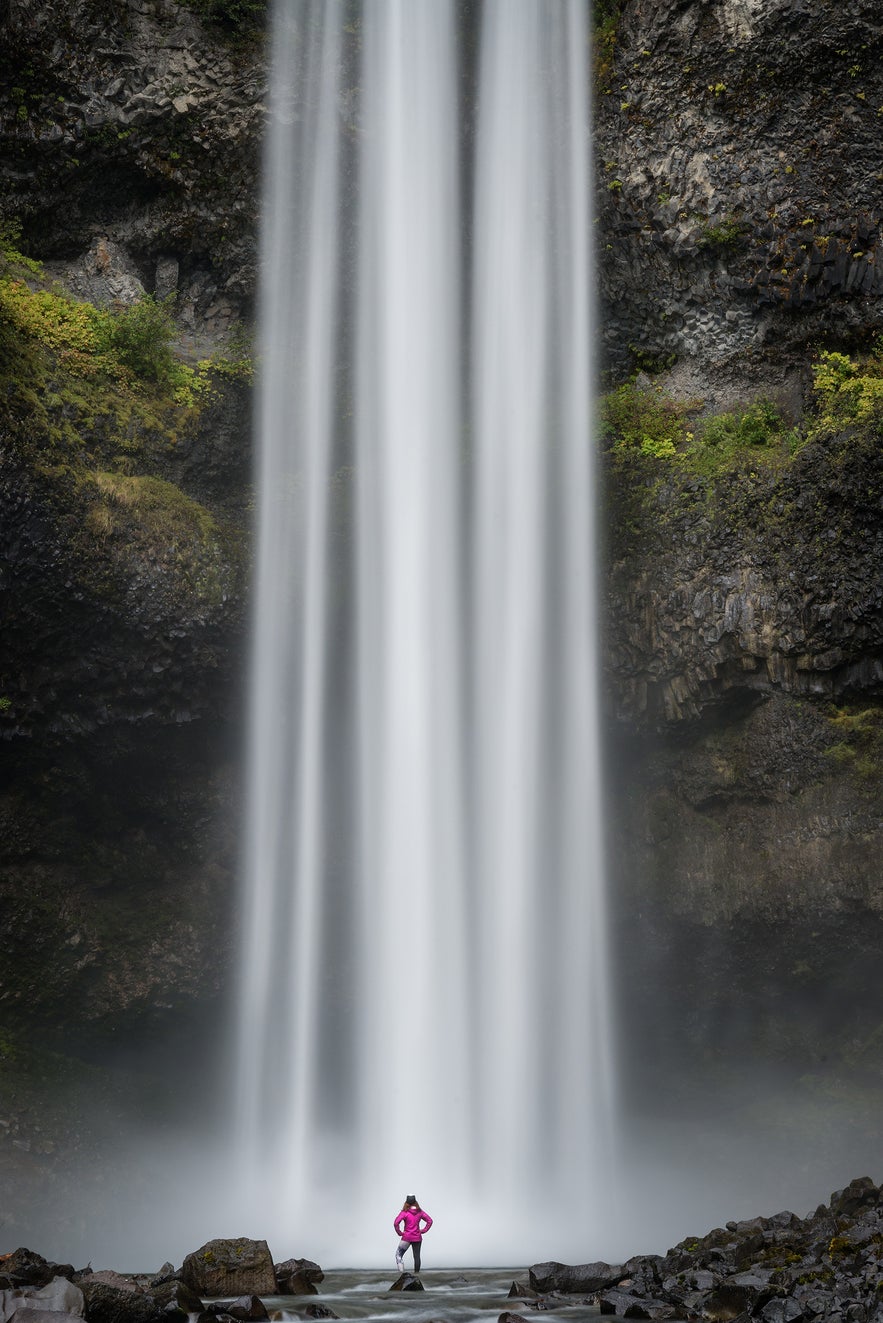 Viktoria's work spans across different genres, an ode to her interests and versatility. Photo by: 'Viktoria Haack'.
Viktoria's work spans across different genres, an ode to her interests and versatility. Photo by: 'Viktoria Haack'.
- See also: Ultimate Guide to Wedding Photography
What kind of shoots are the easiest to photograph and which are the hardest?
Any shoot that involves direction from me is always harder than me reacting to an environment, person or animal. I am more naturally an observer so I find it easiest to photograph something that is presenting itself to me. Even the most complicated landscape situation (for example a woodland scene that can be difficult to find obvious compositions) is still easier for me than one in which I must direct a client, because of this, I try to give my models or clients something to do so that my work becomes more documentary than staged.
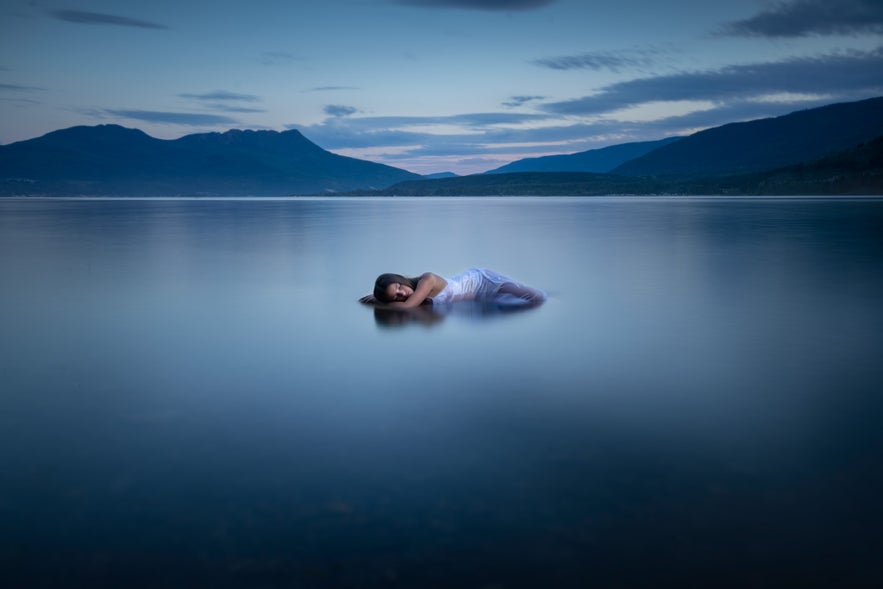 According to Viktoria, shoots that involve giving direction can be more difficult. Photo by: 'Viktoria Haack'.
According to Viktoria, shoots that involve giving direction can be more difficult. Photo by: 'Viktoria Haack'.
During your career so far, which experiences have stood out the most?
Becoming a Nikon Canada Ambassador was a huge moment for me as it gave me a feeling of validation for the work that I do. Becoming sick and making the conscious decision to change the way I was working, to say no to jobs that didn’t feel right and making sure, no matter how busy I became, I made time for myself and my personal photographic goals.
What makes a good photograph in your opinion? How do you ensure that you’ll capture the best shot?
For me a good photograph is one that makes me feel something: If it captures a mood or feels as though there is the potential for a story. Taking time to feel when I am shooting is often key for me to capture my favourite images, at the same time as managing all the elements that can go into a good shot: composition, light etc.
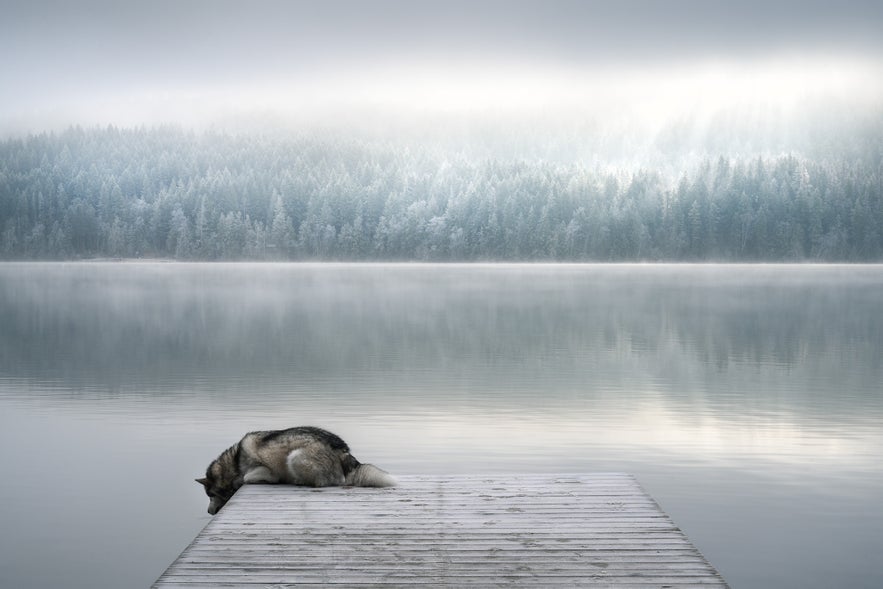 Viktoria often brings her pet dog, Jack, along with her when she explores. Photo by: 'Viktoria Haack'.
Viktoria often brings her pet dog, Jack, along with her when she explores. Photo by: 'Viktoria Haack'.
What is your favourite part about heading out to a new location to shoot?
I am an absolute lover of discovering new things and new places. There is nothing more exciting to me than a new location to shoot. It can take me some time to work out a new location and I will often shoot some images and realise afterwards the mistakes I made with understanding the direction of light or making the most of potential compositions but then when I return, I have some ground knowledge to build on.
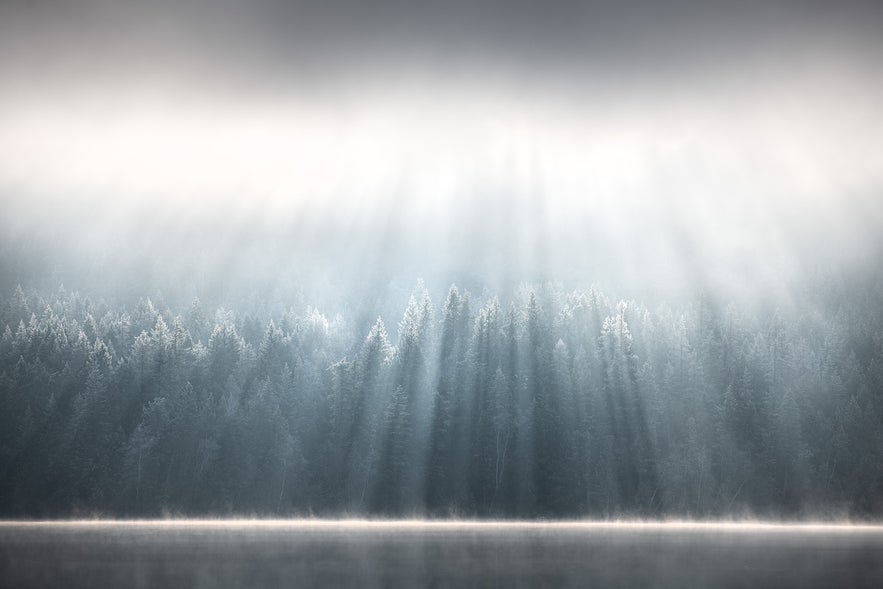 It's important to scout locations so that you can have some ground knowledge to build on for later shoots. Photo by: 'Viktoria Haack'.
It's important to scout locations so that you can have some ground knowledge to build on for later shoots. Photo by: 'Viktoria Haack'.
Some of your landscape photos include people within the spaces. What do you hope this will add to the images?
People in landscapes are not for everyone but as I mentioned above, I don’t see any definitive lines between any genres of photography. If I have a landscape shot with a person in, usually I will also have the shot without the human element. Their inclusion is sometimes to add a sense of scale or to help to communicate some kind of mood or emotion. I also work with a stock agency and from a commercial point of view, these images can have more potential value.
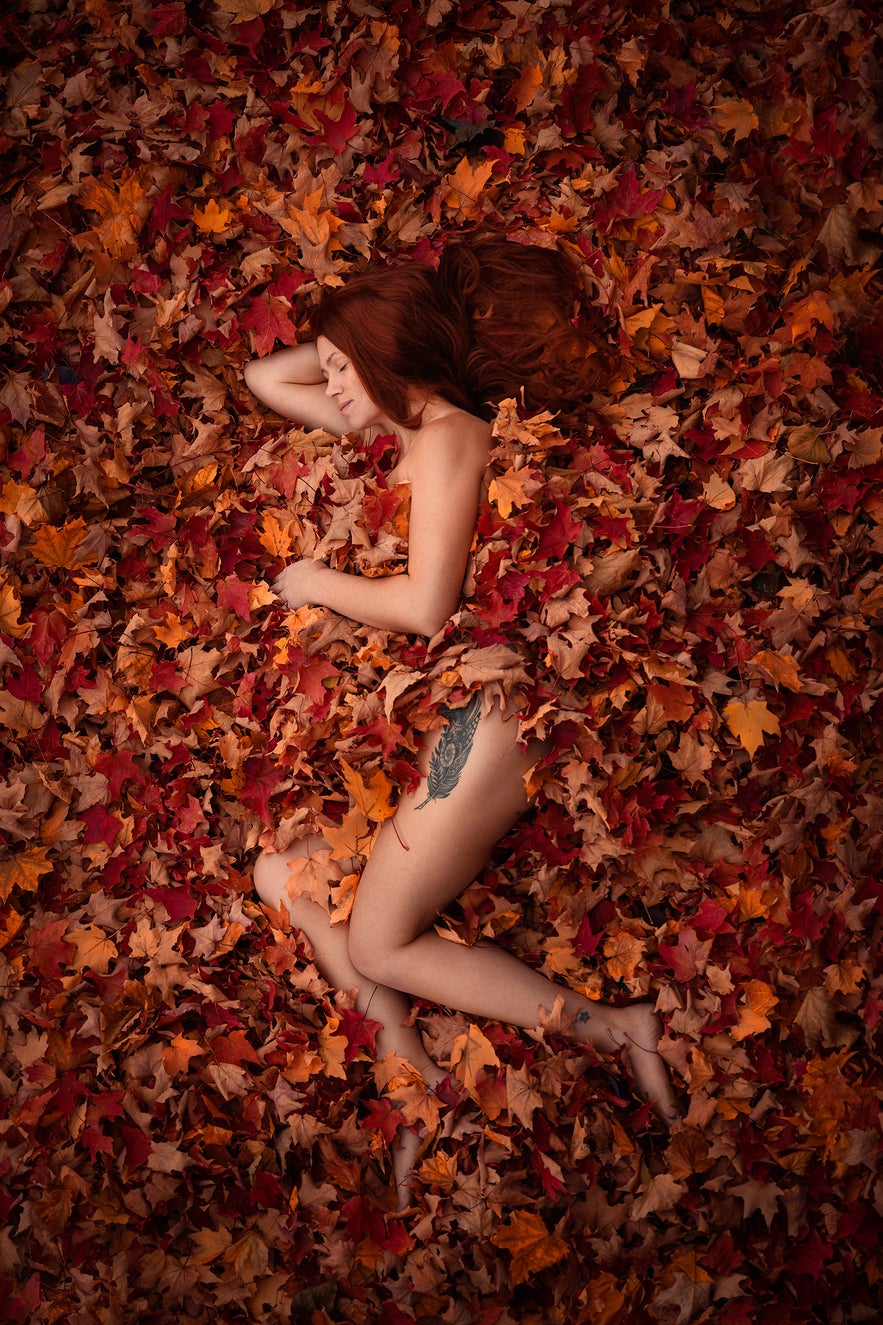 Images involving people can be more valuable from a stock photography standpoint. Photo by: 'Viktoria Haack'.
Images involving people can be more valuable from a stock photography standpoint. Photo by: 'Viktoria Haack'.
What kind of work goes into the construction of your photographs? Do you find it difficult to maintain photographic reality through the fine art process?
I shoot in RAW so I always edit my images in both Lightroom and Photoshop. I try not to edit too heavily (I’m not always successful at that) but my goal is always to enhance an image rather than to create something that wasn’t there.
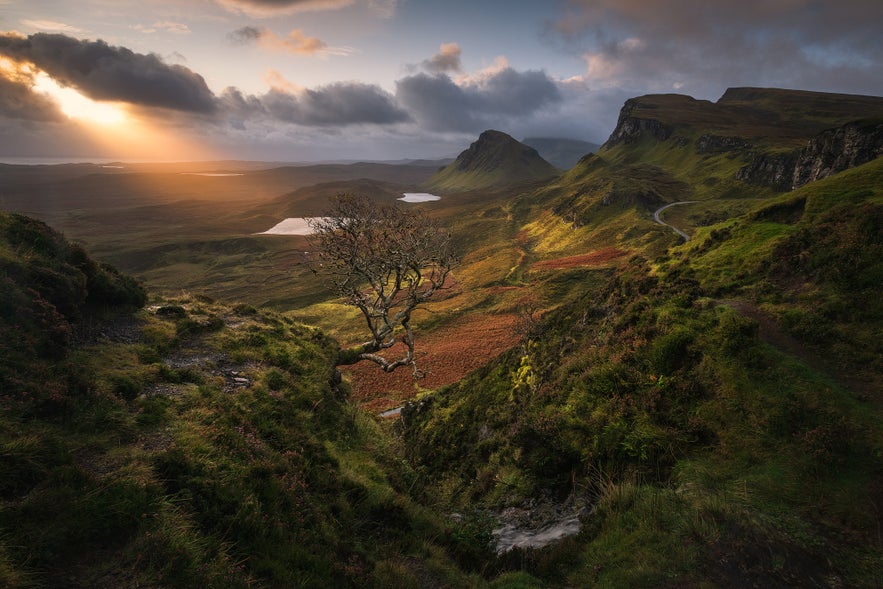 Viktoria edits her images with the goal of enhancing them. Photo by: 'Viktoria Haack'.
Viktoria edits her images with the goal of enhancing them. Photo by: 'Viktoria Haack'.
Describe the technical workflow that you do in post-production. How do you utilise software to distil emotion and meaning in your photographs?
I sort and do basic adjustments in Lightroom and then move my image to Photoshop. I usually edit my images late at night when my family has gone to bed. For me this is my quiet, creative time and I try to reconnect with the feelings I experienced whilst shooting the image. As I edit, I think about what feeling or mood I want my image to convey and I edit with that mood in mind. It may mean that I soften the image if it is a misty shot for example, or I may want to cool off the colour temperature to emphasise the coldness of a winter landscape.
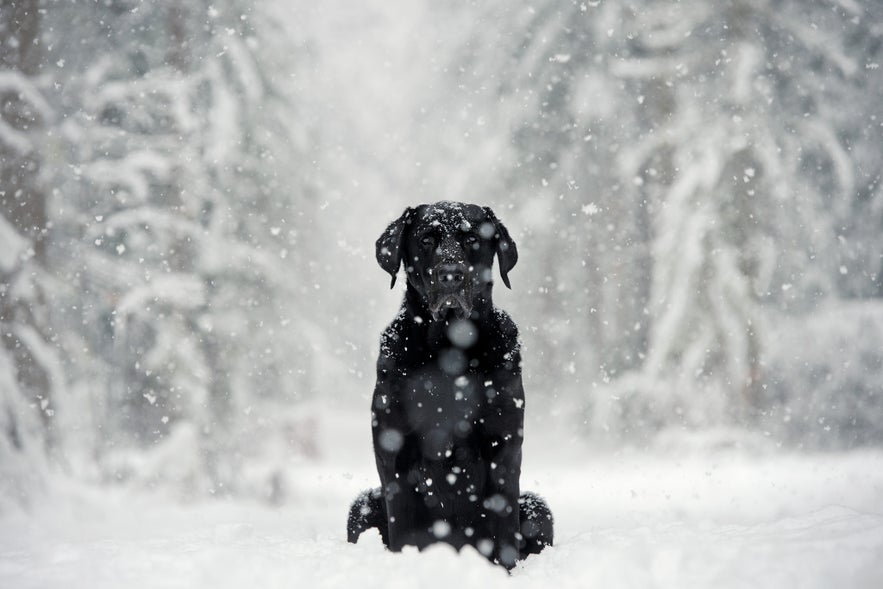 Post processing involves thinking about what emotions or moods you want to convey. Photo by: 'Viktoria Haack'.
Post processing involves thinking about what emotions or moods you want to convey. Photo by: 'Viktoria Haack'.
Aside from editing late at night, how do you manage your schedule around your family and home life?
I try to keep my weekends as free of photography work as possible (not possible all the time as weddings, etc, usually take place on weekends) but where possible, I try to schedule work to be within the working week. I often end up working late into the night (it’s 1am as I type this) so that I can be available for family things during the daytime. It is a juggling act and one that can be particularly difficult to manage and used to often leave me feeling guilty.
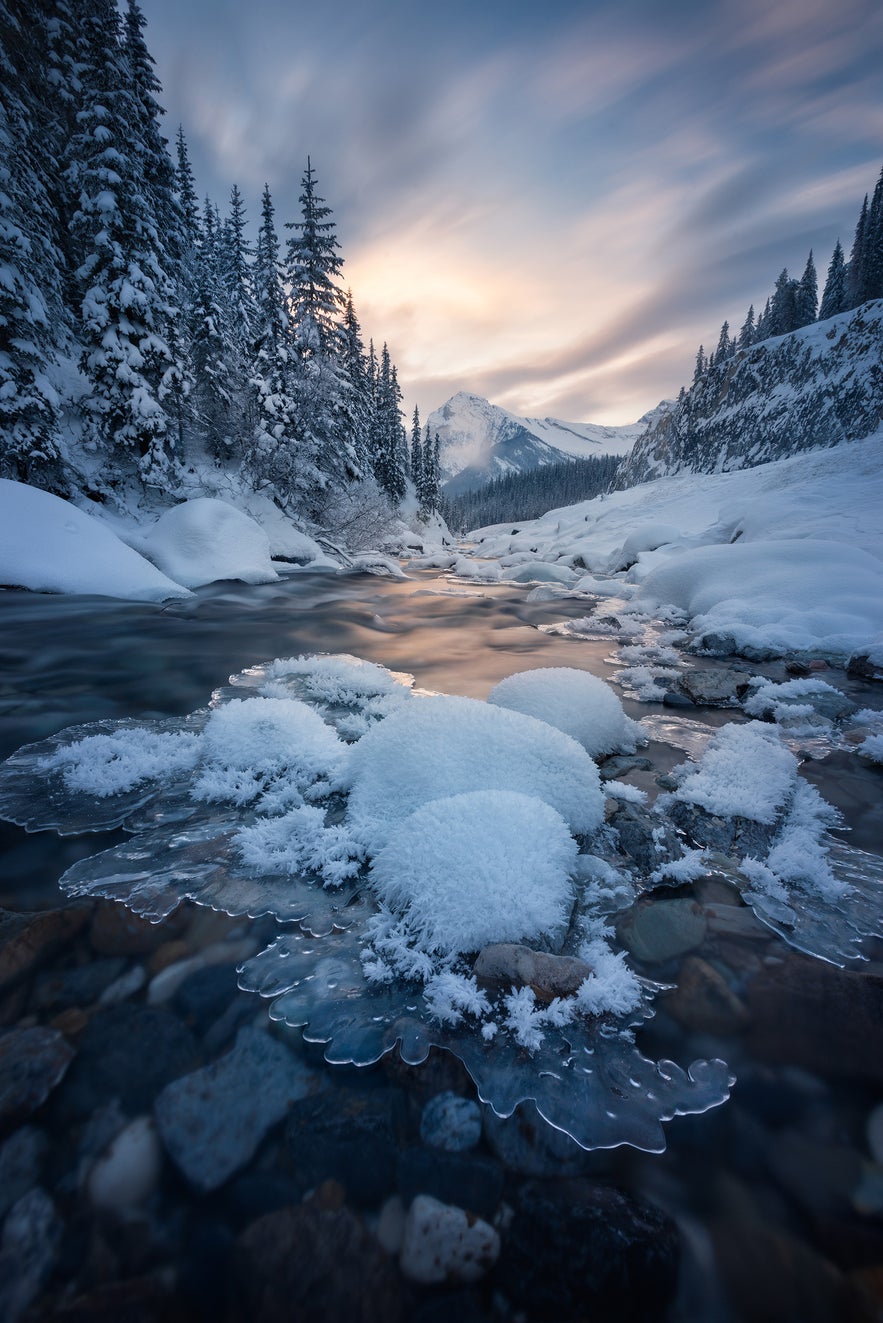 It can be difficult to juggle photography with home-life, though Viktoria has managed to do so with great success. Photo by: 'Viktoria Haack'.
It can be difficult to juggle photography with home-life, though Viktoria has managed to do so with great success. Photo by: 'Viktoria Haack'.
- See also: What is Landscape Photography?
These days, more and more young women are expressing themselves through photography. Do you have any advice or thoughts on how they can make their presence felt? Are you currently serving in some sort of mentor capacity to younger aspiring female photographers?
I am currently mentoring two female photographers. My advice would be to not be afraid to express themselves, to not feel that they need to approach their photography as directed by others. I was told that I should figure out what kind of photographer I wanted to be (a landscape photographer, a wedding photographer?) but I chose not to listen, and have carved a career for myself from being a generalist. It is your own uniqueness that will set you apart from others.
Photograph what you are drawn to, know the rules and choose to break them if you feel like it.
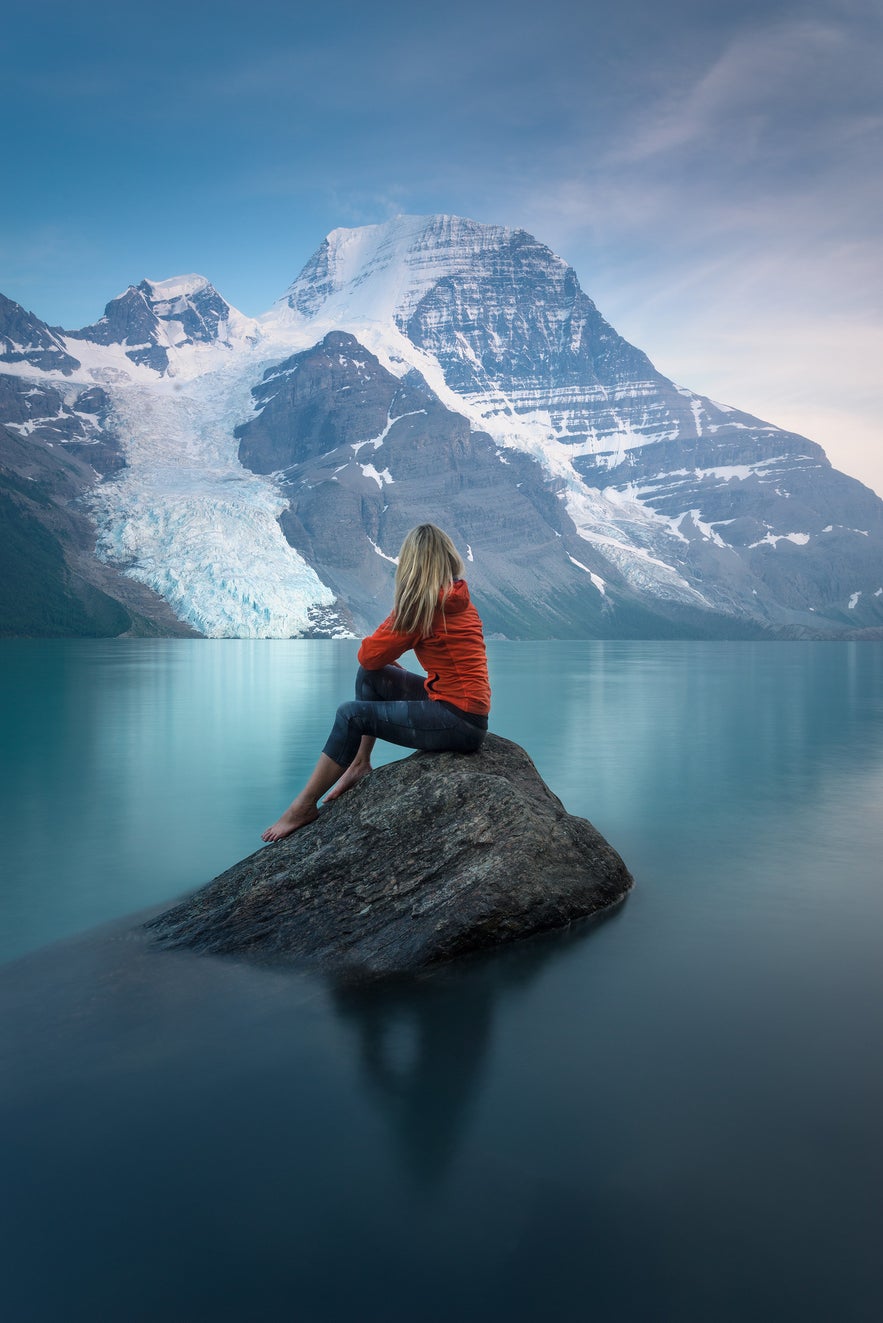 Viktoria is a mentor for younger photographers and encourages others to photograph what they are drawn to. Photo by: 'Viktoria Haack'.
Viktoria is a mentor for younger photographers and encourages others to photograph what they are drawn to. Photo by: 'Viktoria Haack'.
What are you looking forward to most this year? Are there any specific projects that we can expect from you in 2020?
There are a couple of projects I’m excited about but can’t mention them at this stage unfortunately. I just love to see how a year will unfold, I like to keep things as open as possible so that I can move in any direction I choose.
Finally, what do you think the future holds for you? Do you see yourself continuing in your photography career for the years to come?
I am obsessed with photography so I don’t see my future without it, whether or not it will always be a career, I don’t know, but I can’t imagine myself not wanting to make images.
Thanks so much for asking these great questions!
For more information on Viktoria Haack's work, you can visit her website or find her on Facebook and Instagram.
Get inspired to go out with your camera. The more that you practice, the better that you'll get at photography. Check out our range of international photo tours and photography workshops, which will help you take your photography skills to the next level.


